Essential Tips for First-Time Pilgrims on the Camino de Santiago
Walking the Camino de Santiago isn’t just a hike—it’s a journey that sticks with you long after you take your final step into Santiago de Compostela.
I’ve done my fair share of endurance challenges, from crossing deserts to rowing across the Atlantic, but there’s something about the Camino that’s different. It’s a test of patience rather than speed, of resilience rather than brute strength. And if you’re tackling it for the first time, trust me—you’ll want to prepare for the Camino de Santiago properly! Here’s everything you need to know before setting off.
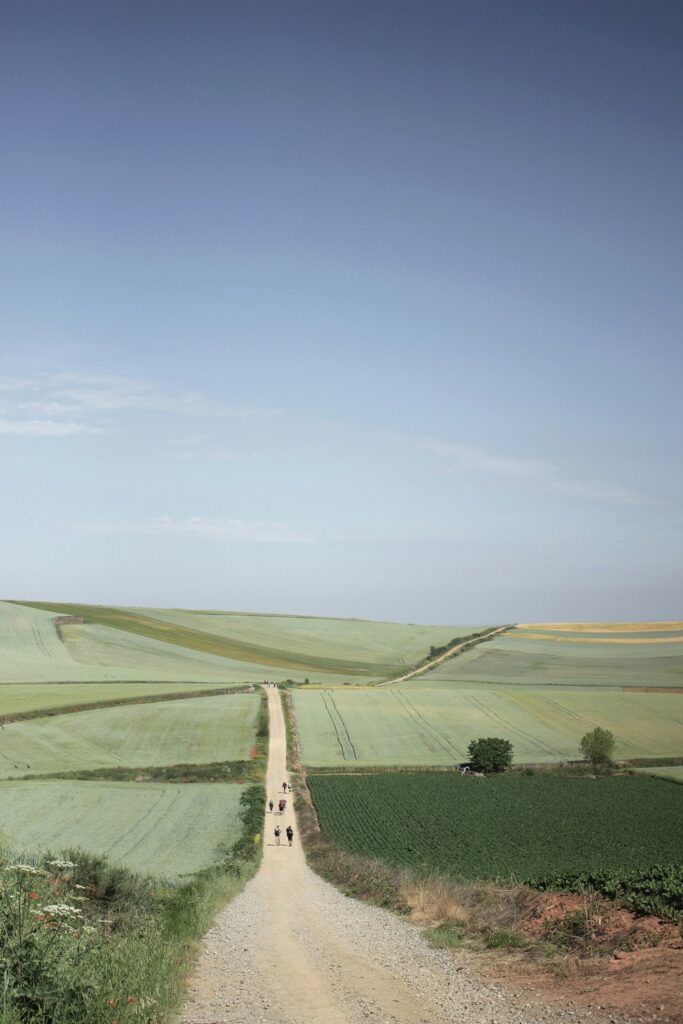
Table of contents
Choosing the Right Route
The Camino isn’t just one path; it’s a network of routes that all lead to Santiago. The most famous is the Camino Francés, stretching 800km from Saint-Jean-Pied-de-Port in France. It’s the most well-marked and social route, making it great for first-timers.
If you want something a bit quieter, the Camino Portugués from Porto is a solid choice.
There’s also the Camino del Norte along the rugged northern coast of Spain, which is stunning but tougher. Pick a route that suits your fitness level, time frame, and preference for solitude vs. social interaction.
Physical & Mental Preparation
This isn’t Everest, but don’t underestimate the Camino. You’ll be walking 20-30km a day for weeks, so start training early. Break in your boots, get used to carrying a pack, and do back-to-back long walks before you leave. Mentally, the Camino can be a rollercoaster.
Some days you’ll feel on top of the world, and other days, a tiny blister will make you question your life choices. Accept the highs and lows as part of the experience. It’s not about powering through—it’s about pacing yourself and enjoying the journey.
Packing Essentials If there’s one rule for packing, it’s this: **less is more**.
Every extra kilo in your backpack will feel like five after a few days. Essentials include:
- Good hiking boots or trail runners** (well broken-in!)
- A lightweight backpack** (35-45L max) – **Moisture-wicking clothes** (fast-drying is key) – **Blister care kit** (trust me, prevention is everything)
- A reusable water bottle** (hydration is king)
- A sleeping bag liner** (for albergues)
- Forget the “just in case” items—you won’t need them. If you do, you can buy them along the way.
Accommodation & Food
The Camino is built for pilgrims, with albergues (hostels) scattered along every route. Municipal albergues are cheap (5-10€ a night), while private ones offer more comfort for a bit more cash. If you want privacy, there are plenty of small hotels and guesthouses too.
Food-wise, Spain does carbs well, which is great for long-distance walking. Expect plenty of bread, cheese, and menú del peregrino (pilgrim menus)—a three-course meal with wine for around 10€.
If you’re vegetarian or have dietary restrictions, options are improving but can still be hit or miss, so be flexible.
Common Mistakes to Avoid
- Overpacking – Your back will hate you. Keep it light.
- Ignoring blisters – A hot spot today is a full-blown nightmare tomorrow. Take care of your feet.
- Starting too fast – The Camino isn’t a race. Ease into it.
- Skipping rest days – Your body will thank you for taking a break.
- Not embracing the experience – Talk to fellow pilgrims, enjoy the scenery, and don’t just focus on the finish line.
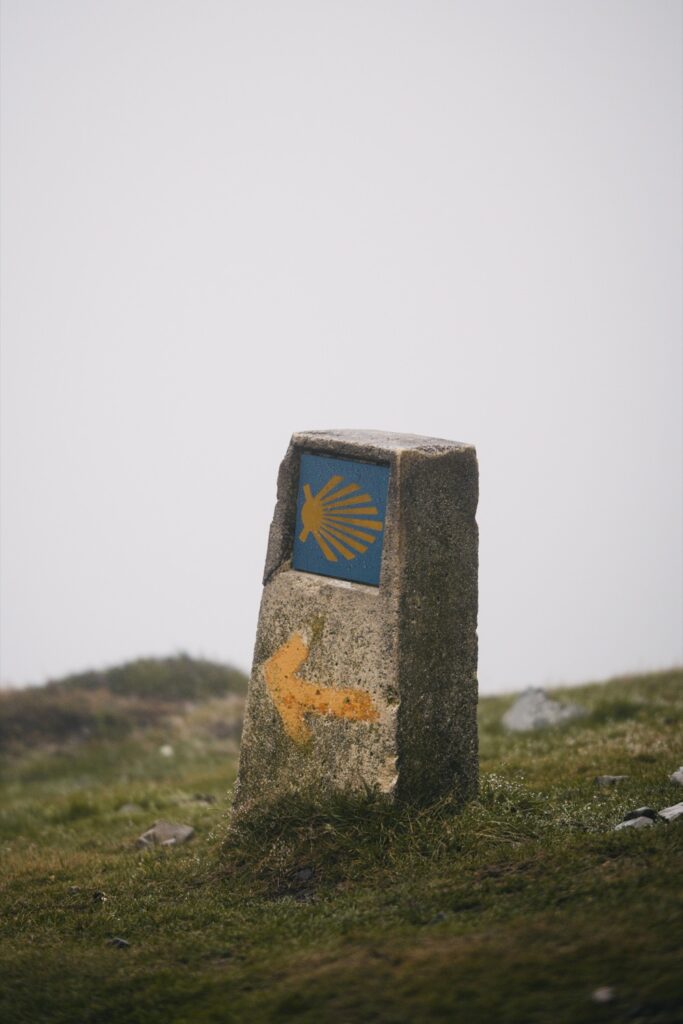
Conclusion
The Camino de Santiago is one of those journeys that leaves a mark on you. It’s not just about walking—it’s about the people you meet, the moments of solitude, and the unexpected lessons along the way. Prepare well, take it step by step, and enjoy every second of it. And if you’re still debating whether or not to do it—just go. The Camino has a way of giving you exactly what you need, even if you don’t know what that is yet. For more tips on how to prepare, check out this guide. Buen Camino!
Remember, never travel without travel insurance! And never overpay for travel insurance!
I use HeyMondo. You get INSTANT quotes. Super cheap, they actually pay out, AND they cover almost everywhere, where most insurance companies don't (even places like Central African Republic etc!). You can sign-up here. PS You even get 5% off if you use MY LINK! You can even sign up if you're already overseas and traveling, pretty cool.
Also, if you want to start a blog...I CAN HELP YOU!
Also, if you want to start a blog, and start to change your life, I'd love to help you! Email me on johnny@onestep4ward.com. In the meantime, check out my super easy blog post on how to start a travel blog in under 30 minutes, here! And if you just want to get cracking, use BlueHost at a discount, through me.
Also, (if you're like me, and awful with tech-stuff) email me and my team can get a blog up and running for you, designed and everything, for $699 - email johnny@onestep4ward.com to get started.
Do you work remotely? Are you a digital nomad/blogger etc? You need to be insured too.
I use SafetyWing for my digital nomad insurance. It covers me while I live overseas. It's just $10 a week, and it's amazing! No upfront fees, you just pay week by week, and you can sign up just for a week if you want, then switch it off and on whenever. You can read my review here, and you can sign-up here!





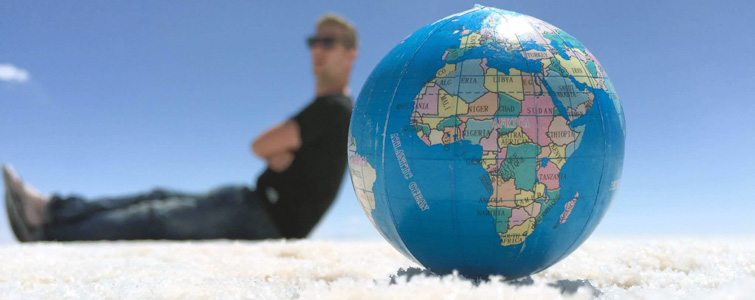

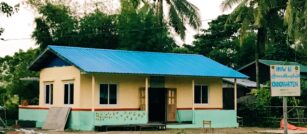
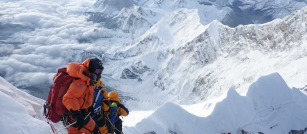
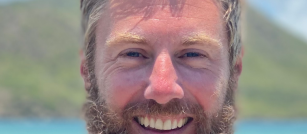


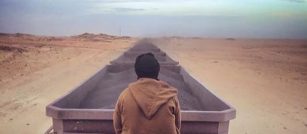
 As you know, blogging changed my life. I left Ireland broke, with no plan, with just a one-way ticket to Thailand
and no money. Since then, I started a blog, then a digital media company, I've made
more than $1,500,000 USD, bought 4 properties and visited (almost) every country in the world. And I did it all from my laptop as I
travel the world and live my dream. I talk about how I did it, and how you can do it too, in my COMPLETELY FREE
Ebook, all 20,000
words or so. Just finish the process by putting in your email below and I'll mail it right out to you immediately. No spam ever too, I promise!
As you know, blogging changed my life. I left Ireland broke, with no plan, with just a one-way ticket to Thailand
and no money. Since then, I started a blog, then a digital media company, I've made
more than $1,500,000 USD, bought 4 properties and visited (almost) every country in the world. And I did it all from my laptop as I
travel the world and live my dream. I talk about how I did it, and how you can do it too, in my COMPLETELY FREE
Ebook, all 20,000
words or so. Just finish the process by putting in your email below and I'll mail it right out to you immediately. No spam ever too, I promise!
